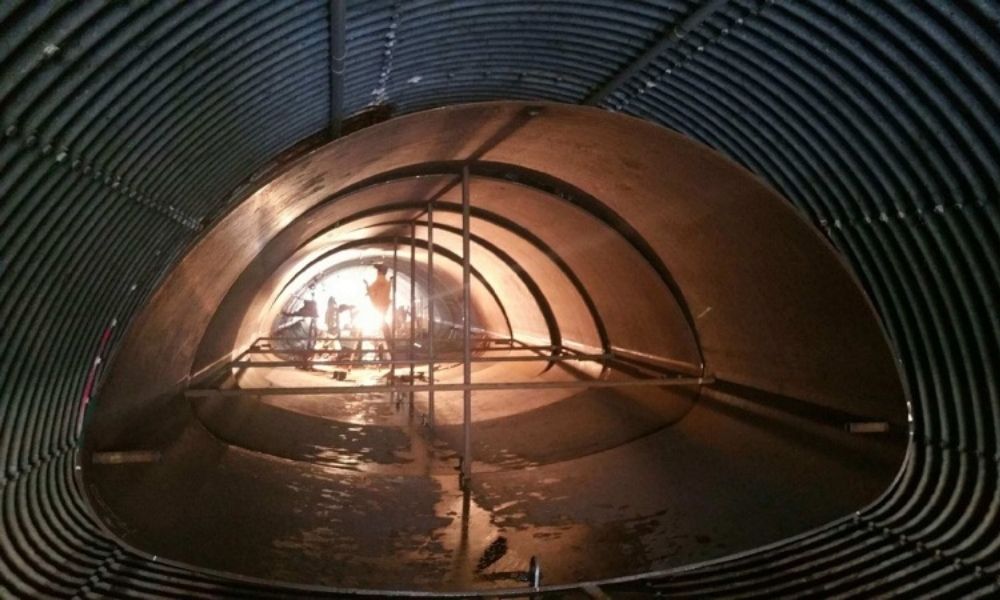Transportation, environmental, and stormwater agencies and the state and county governments that oversee them must face several difficult choices when the needs for infrastructure improvements compete. These projects involve long-term investments and significantly impact the economy and environment that goes beyond the immediate locality of a project. Along with economic and environmental impacts, other things to consider when choosing an infrastructure project include funding, constructability, forging effective partnerships, and social impact.
Funding Sources
A proposed project’s cost can often be the deciding factor between competing infrastructure needs. Exploring different funding sources such as grants, loans, and public-private partnerships can help to alleviate the financial burden and make a project more feasible. It is also important to consider potential sources of revenue that can offset the costs, such as user fees or taxes.
Constructability and Technical Concerns
A project’s constructability refers to its feasibility in terms of design, materials, and construction methods. The proposed project must have a realistic timeline, budget for completion, and a detailed plan for managing any potential roadblocks or challenges that may arise during construction. Having experienced and knowledgeable engineers on the project team who can assess the constructability of a project and provide solutions for any unforeseen issues is crucial.
Public Support and Social Impact
Educating the community about the project’s benefits and involving them in the decision-making process can help address any concerns or opposition and build trust between stakeholders.
Evaluate proposed projects for their potential to improve quality of life, boost economic growth, and accessibility. Seek and consider community input during the planning process to address any concerns or issues that may arise.
Environmental Impact
Thorough environmental assessments and studies are essential and usually required to identify potential impacts and develop strategies for mitigating them. These assessments and studies may include implementing sustainable design practices or incorporating green infrastructure elements into the project.
Recently, infrastructure projects have become necessary in response to environmental issues, such as increased flooding due to heavier rains. Rehabilitating or redesigning aging culverts with durable and modern solutions like steel culvert inserts can alleviate some of the issues associated with older stormwater management infrastructure.
Economic Impact
Infrastructure projects may have a positive or in some cases negative economic impact on sectors of the local community and surrounding areas. These projects can create jobs, stimulate economic growth, and improve the overall quality of life for residents.
Some, however, may see an infrastructure project as disruptive and detrimental to their property values or the enjoyment of their homes and neighborhoods. It is important to consider the potential economic benefits and the possible negative impacts of a project when making decisions and communicating them to stakeholders.
Broad Economic Conditions
As many businesses learned the hard way during the global pandemic, projects may depend on materials and supplies from all over the world. Evaluate the current global economic and political climate, including inflation rates, labor costs, conflict risk, and material prices, to accurately assess whether supply chain delays and disruptions are likely to affect the availability of materials and equipment and cause unforeseen expenses and delays during construction.
Choosing an infrastructure project involves a thorough evaluation of community needs potential impacts. Consider both the immediate benefits and the long-term effects of infrastructure projects. With careful consideration and planning, counties, stormwater management agencies, and departments of transportation can create sustainable and resilient infrastructure for future generations.



Leave A Reply